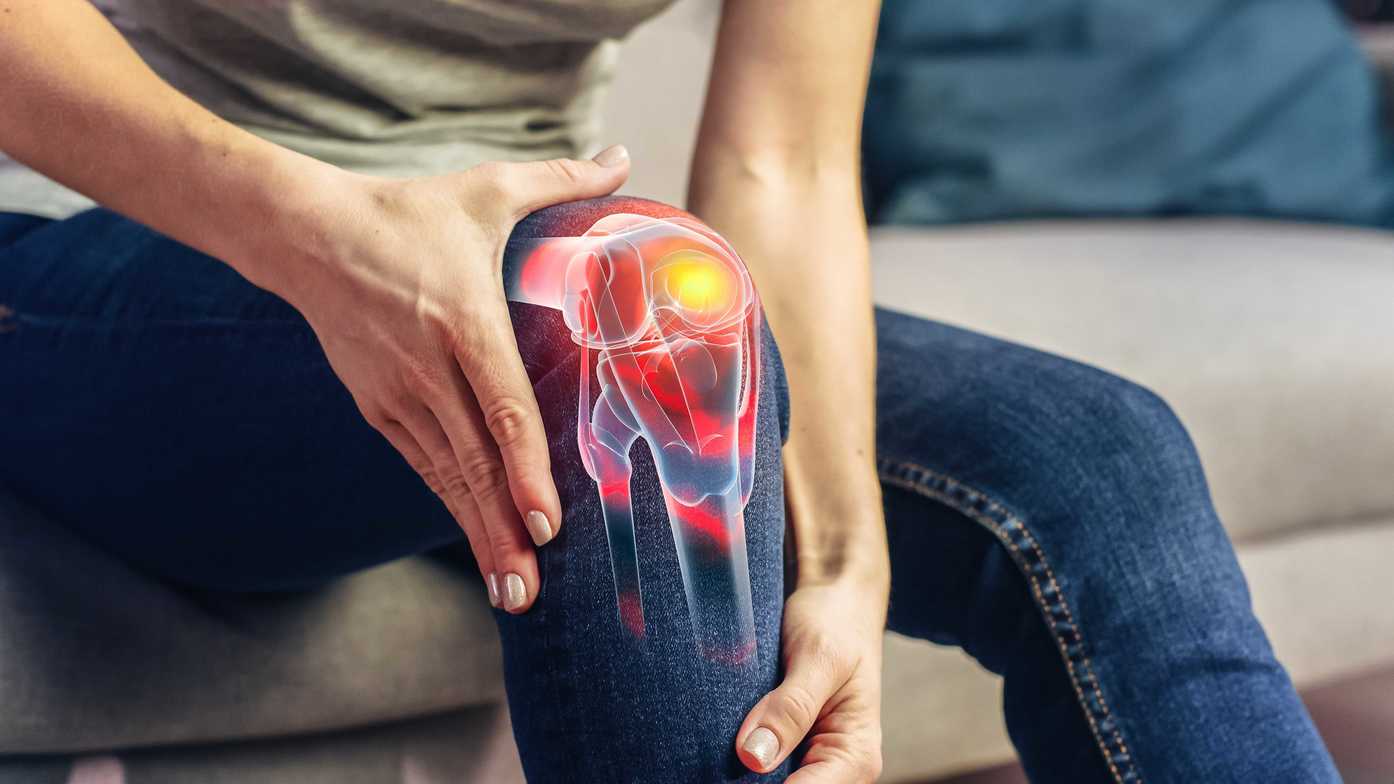
“Oh, it’s just arthritis.” “The X-ray shows arthritis”. I am sure that these phases are not unfamiliar for those of you who have been plagued with chronic joint pain that just seemed to appear out of nowhere.
The truth is that most of us have some degree of arthritis some where in our bodies, but do we really understand what it is? Does it mean that we will have pain and stiffness for the rest of our lives? Will we need surgery?
Let’s have a closer look at arthritis and most importantly, what we can do about it.
Arthritis is a general term that refers to a group of more than 100 inflammatory joint disorders characterized by inflammation, pain, stiffness, and swelling in the joints. The most common types of arthritis include osteoarthritis and rheumatoid arthritis, but there are many other forms, each with its own causes and symptoms.
1. Osteoarthritis (OA): This is the most common form of arthritis and occurs when the protective cartilage that cushions the ends of bones wears down over time. It often affects weight-bearing joints such as the knees, hips, and spine.
2. Rheumatoid Arthritis (RA): This is an autoimmune disease in which the immune system mistakenly attacks the synovium (the lining of the membranes that surround the joints), leading to inflammation. RA commonly affects the joints on both sides of the body, such as the hands, wrists, and knees.
3. Psoriatic Arthritis: This type of arthritis occurs in some individuals with the skin condition psoriasis. It can affect any joint and may also involve the spine.
4. Ankylosing Spondylitis: This is a type of arthritis that primarily affects the spine, causing inflammation of the vertebrae. It can lead to stiffness and pain in the back and neck.
5. Gout: Gout is caused by the buildup of uric acid crystals in the joints, often affecting the big toe. It can cause sudden and severe attacks of pain, swelling, and redness.
6. Juvenile Arthritis: This term encompasses several types of arthritis that affect children, causing joint inflammation and other symptoms.
7. Systemic Lupus Erythematosus (SLE): While primarily known as a systemic autoimmune disease, lupus can also affect the joints, causing arthritis.
The symptoms of arthritis can vary depending on the specific type, but common signs include joint pain, stiffness, swelling, and a reduced range of motion. Treatment options may include medication, physical therapy, lifestyle changes, and in some cases, surgery. Early diagnosis and appropriate management can help control symptoms and improve the quality of life for individuals with arthritis.
Now that we know what it is and have had a brief glimpse into some of the various forms of arthritis, what can we do about it when we are told that it exists in our bodies? It is important that we do not brush the pain off or just control it with pain killers as we go about our lives.
Physiotherapy is a very important treatment option in the management of arthritis, especially osteoarthritis. The sooner you consult with a physiotherapist, and receive the appropriate management, the better it is for you. Physiotherapists are trained to have an in-depth look at your body, how it is aligned and how it moves. This is done at the initial evaluation and can give the therapist important information on what may be the possible contributing factors for the formation of arthritis (once not auto-immune) as well as the possible interventions to assist in slowing the progression of the condition as well as decreasing the pain and stiffness so that you can go on to enjoy your life.
If you suspect that you have arthritis or are experiencing joint pain, it's important to consult with a healthcare professional for an accurate diagnosis and care inclusive of physiotherapy.

Michelle O'Neal-Woods
Contact Me



